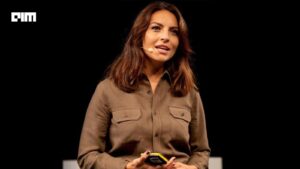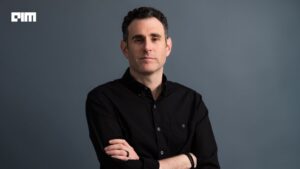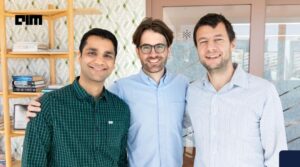The semiconductor industry has always operated on a simple assumption. The company that builds the best chips attracts the best engineers. Intel has bet billions on this principle, investing in process technology, manufacturing, and now, artificial intelligence. Less than eight months after Intel CEO Lip-Bu Tan appointed Sachin Katti to the dual role of Chief Technology Officer and Chief AI Officer, the Stanford-educated engineer announced his departure for OpenAI.
Katti joins OpenAI as the company advances its massive bet on infrastructure for artificial general intelligence research. OpenAI President Greg Brockman said he is “incredibly excited” to work with Katti on “designing and building our compute infrastructure, which will power our AGI research.”
For OpenAI, Katti represents exactly what the company needs at a critical moment. Deep expertise in networking, edge computing, and systems architecture. On social media, he described it as a “privilege of a lifetime,” but for Intel, his departure causes a crisis that no amount of restructuring can solve.
Katti’s exit comes at a particularly painful moment for Intel’s turnaround efforts. When Tan took over as CEO in March 2025, he faced a semiconductor company bleeding talent and losing relevance in the AI chip market. One of his first major moves was restructuring Intel’s leadership hierarchy, flattening it to accelerate decision-making and creating what he hoped would be a renewed focus on engineering excellence.
Promoting Katti to CTO and Chief AI Officer was central to this strategy. Tan explicitly positioned him as the architect of Intel’s AI future, capable of closing the competitive gap with Nvidia. Seven months later, Katti was gone.
This represents not just a personnel loss but a strategic setback. Tan had signaled that Katti was essential to Intel’s transformation. By leaving so quickly, Katti’s departure undermines Tan’s credibility as a leader capable of attracting and retaining top technical talent during a turnaround. It also suggests that internal repositioning and restructuring, while necessary, cannot compete with the pull of working on frontier AI research at a better-capitalized company.
The Talent Migration Problem
Intel, once an undisputed magnet for engineering talent, now finds itself losing its best people to companies like OpenAI, Nvidia, and startups focused on AI infrastructure. Within recent months, Intel has seen departures from Global Channel Chief John Kalvin, Vice President of Data Center AI Product Management Saurabh Kulkarni, and 25-year company veteran Rob Bruckner.
These aren’t mid-level resignations. They’re losses of senior technical talent during critical restructuring phases. Each departure shows that top executives don’t believe in Intel’s turnaround, so why should engineers?
Katti’s background makes his departure especially significant. Before joining Intel, he was a Stanford professor specializing in computer networking and systems. He’s both a serious researcher and proven entrepreneur. His decision to prioritize OpenAI’s AGI infrastructure work over Intel’s AI strategy suggests a calculation about where cutting-edge work actually happens.
The main issue driving talent to leave at Intel is that the company hasn’t delivered a competitive AI chip. Despite years of effort, Intel’s AI accelerators haven’t achieved the performance or market adoption of Nvidia’s GPUs or AMD’s alternatives. Intel’s Gaudi chips missed even modest revenue targets when the company expected $500 million in revenue and fell far short.
This failure creates a credibility crisis. When the CTO leaves to build AGI infrastructure elsewhere, it signals doubt about whether Intel’s technical strategy actually works. Katti was supposed to address this. Instead, he concluded that the more interesting, more important work was happening at OpenAI.
OpenAI’s compute infrastructure challenge is genuinely massive. The company has committed multi-billion-dollar partnerships with Nvidia, Oracle, and others to secure the computing capacity needed for AGI research.
CEO Lip-Bu Tan will now personally oversee the AI and Advanced Technologies Groups. This is supposed to signal that AI remains “one of Intel’s highest strategic priorities.” But it actually confirms the problem. Instead of focusing on CEO-level strategic decisions, Tan must now dive into AI operations personally because retaining qualified executives has proven impossible.
This workload creep is unsustainable. Tan cannot simultaneously restructure the entire company, manage manufacturing operations, address competitive threats from Nvidia and AMD, and personally oversee AI product development. Such an overload is bound to reach a breaking point.










